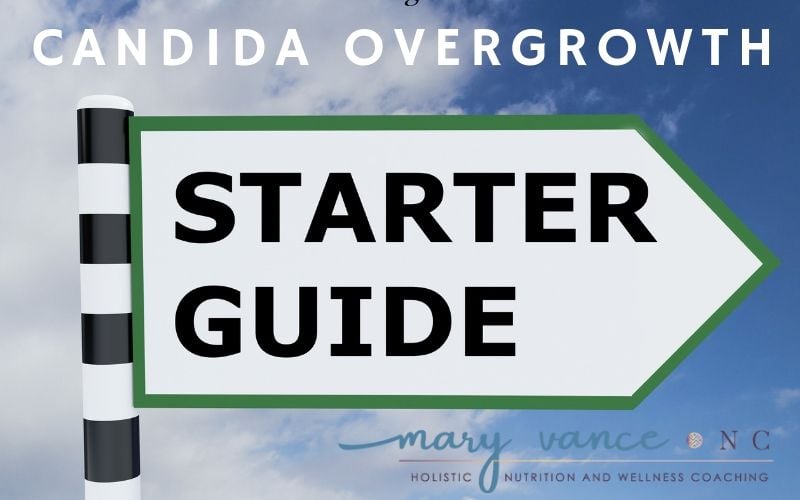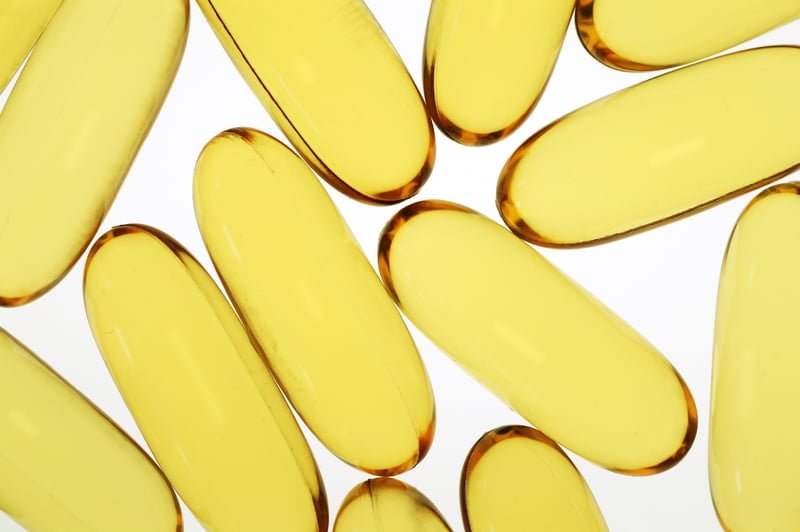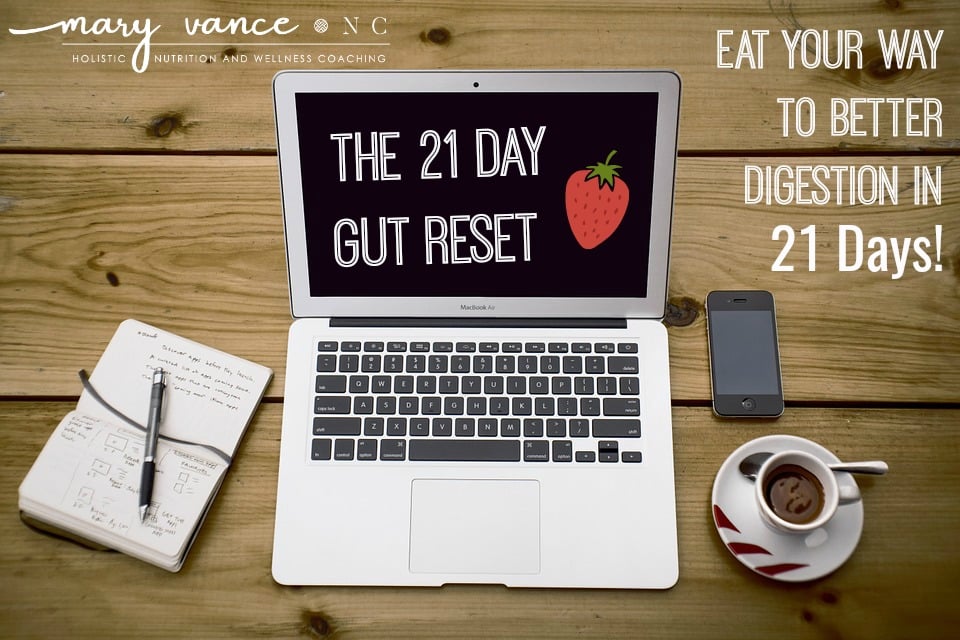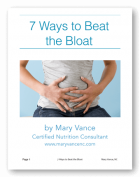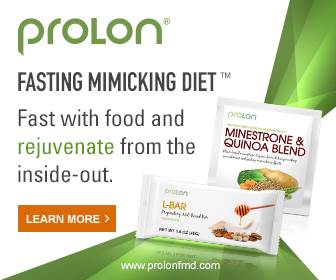If you’ve landed here looking for advice on candida, you’ve likely done a lot of research and uncovered a lot of conflicting info. Most, if not all, people who email me for help with candida overgrowth are deeply confused from googling and navigating information about diet, supplements, and how to keep candida from recurring. Typically they’re women; many, if not most times, their symptoms have been dismissed or ignored, and they’ve been battling this yeast overgrowth for years.
I hear heartbreaking stories about how candida has adversely affected women’s relationships, self esteem, and in many cases caused depression and/or anxiety (for which they’ve been recommended medications without their doctors digging deeper for a root cause).
That’s why I created this complete starter’s guide for candida overgrowth.
I hear these stories daily, sometimes in lengthy emails from people sharing their stories, desperate for help. It’s why I created my online Candida MasterClass workshop: so that I could reach more people and help them understand how to get rid of candida the right way.
So why is my method the best? Ask my clients or the students in my Candida MasterClass (you can see their testimonials here), and they’ll tell you they’ve gotten their lives back and didn’t know it was possible to feel this good. And that’s what this work is all about.
AND i’m here to tell you that the best diet for candida is NOT that restrictive zero sugar diet you see all over the internet.
Some of the most trafficked posts on this blog are my numerous candida posts. I’ve written about the ideal diet, supplement protocol, mistakes to avoid, and the most important step you musn’t skip when treating candida. You can learn more about that in my (free) live Candida Training.
But if you’re just getting started, or you’re overwhelmed and looking for more info, you’re in the right place. Below I’ve outlined a step-by-step protocol to help you get started on your candida killing protocol.
Candida Overgrowth: A Complete Starter’s Guide
Testing
Ideally you’d complete a stool test or a gut profile. I use and recommend the GI MAP (which you can order yourself and find here, 7th test down the page) which has a section for yeast and fungus. The big caveat is that yeast doesn’t show up well on stool tests, so I often look at other markers like secretory IGA combined with symptomology for the most accurate picture.
Stool tests offer a wonderful picture of the health of your gut and will help you better understand if there are other bacterial overgrowths or issues that may have contributed to candida. That way you can address and correct everything and even determine which herbs are the most effective.
But testing isn’t required. If you have symptoms of chronic yeast (listed in detailed here)–most commonly yeast infections, brain fog, bloating, fatigue, sugar cravings, nail fungus–it’s a good bet you have candida overgrowth and/or bacterial imbalance that would benefit from diet improvements and herbs to normalize gut flora.
Diet
Based on your test results and health history, you need to design your ideal diet. In my Candida MasterClass, we spend 2 modules discussing this. It’s that important, and it differs for everyone. Forget the nonsense you’ve heard about avoiding every molecule of naturally occurring sugar in your food. The traditional candida diet has you avoid all fruits and starchy vegetables (like carrots, for example) and sugars, yet it still allows gluten free grains and quinoa. How is that logical? Grains break down into sugars. And grains can be very hard on an inflamed gut.
You can read my guidelines for my recommended candida diet here. You’ll need to avoid and introduce certain foods to help your gut heal. In short, I recommend you avoid the following:
- grains (rice, quinoa, gluten grains, millet, etc) in most cases
- added sugar (including honey and natural sugars that are added to foods and baked goods)
- dairy
- junk food, processed foods
- alcohol, soda
- you may also need to avoid legumes and polysaccharide starches like potatoes and sweet potatoes.
And focus on the following:
- organic proteins, eggs, wild fish
- vegetables of all types (avoiding any you may not digest well. Some people with gut issues have trouble with higher FODMAP veggies and cruciferous, for example)
- plenty of good fats like coconut oil, olive oil, avocado
- lower sugar fruits like berries, green apple
- nuts, seeds if you tolerate
- gut superfoods like fiber, bone broth, collagen, omega 3s
Overall you should be following an anti-inflammatory diet.
Anti-microbial Herbs
Diet alone will not get rid of candida overgrowth. I repeat, diet alone will not get rid of candida overgrowth. The claim is this diet will “starve out” the yeast, and it will certainly not encourage candida, but diet alone is not enough to bring candida down into acceptable levels.
Everyone has a different degree of candida overgrowth. Some mild and some severe. Often stool tests will indicate how bad it is, and that can help you understand duration of treatment. If you have recurrent yeast infections or have tried to get rid of candida and it keeps coming back, you may have a more moderate to severe overgrowth. Though I recommend the same herbs, people with more severe candida issues may need additional herbs and a biofilm agent. You can download my basic protocol here (for free!). This phase takes 6-8 weeks typically.
PS Not to keep gushing, but this is why my Candida MasterClass is so great: You get personalized recs from me for your ideal herbal protocol for the most effective outcome.
Gut Healing
So this is my big secret. This is the step most people skip and a main reason candida recurs (another reason is using the wrong herbs or not doing the herbs long enough to kill the overgrowth). Once you have finished your herbal protocol and are feeling better, you MUST do the leaky gut repair to heal and seal up the gut.
Think of it this way: you are going to refurbish an old, weedy, overgrown depleted plot of land, so you pull up all the weeds and clean it all up, but then what? You don’t just leave it, do you? Once the bad stuff is gone, you till and fortify the soil and sow it with new seeds so better, healthier plants can grow in more nourished soil. Same with your gut. Once the bad guys, which irritate the gut and create inflammation, are gone, you have to correct the damage and reinoculate the gut with good bacteria. This phase typically takes about 3 months.
Food Reintroduction
At some point (varies based on your symptoms and progress) you can begin to reintroduce the foods you dumped and see if they produce an adverse reaction. This is how you do an elimination diet (which the gut healing diet is, to an extent). Food reintro will help you curate your long term diet so you’ll know which foods you need to avoid longer term and which you’re ok with. If you continue to eat foods that you’re sensitive to or don’t digest well, you delay healing and even risk reinfection. No one wants that after all this hard work.
Aftercare
Another important phase that people don’t consider. Aftercare means not only do you need to take care of your shiny new gut, but you also need to figure out what landed you here in the first place. How did you get candida overgrowth? Was it a diet too high in processed foods or sugar? Hypothyroidism? Hormone imbalance? (estrogen dominance is a big cause). You want to figure out what caused it so you can prevent recurrence.
You also don’t want to revert back to the same diet that got you here. Yes, you can enjoy the foods you love, but you’re not going back on the pizza and beer and pastries diet. This is a lifestyle change, not a “diet.” Your longterm diet will include plenty of fresh veggies (again, how many carbs you need depends on your physiology and overall gut health), organic proteins, and healthy fats.
I always tell my clients that you can make healthier versions of any recipe you like, be it lasagne (using zucchini or eggplant ribbons), pizza (almond flour crust!), or even pasta (zucchini or sweet potato noodles!).You’ll want to include immune boosting and anti-inflammatory superfoods, too. But overall, you’ll need to correct any hormone imbalances that affect the health of your gut and continue to encourage a healthy microbiome.
Whew! If it seems overwhelming, I understand. I’m here to help. If you’d like more targeted support, check out my Candida MasterClass. We’d love to have you.

Mary Vance is a Certified Nutrition Consultant and author specializing in digestive health. She combines a science-based approach with natural therapies to rebalance the body. In addition to her 1:1 coaching, she offers courses to help you heal your gut and improve your health. Mary lives in San Francisco and Lake Tahoe in Northern California. Read more about her coaching practice here and her background here.

